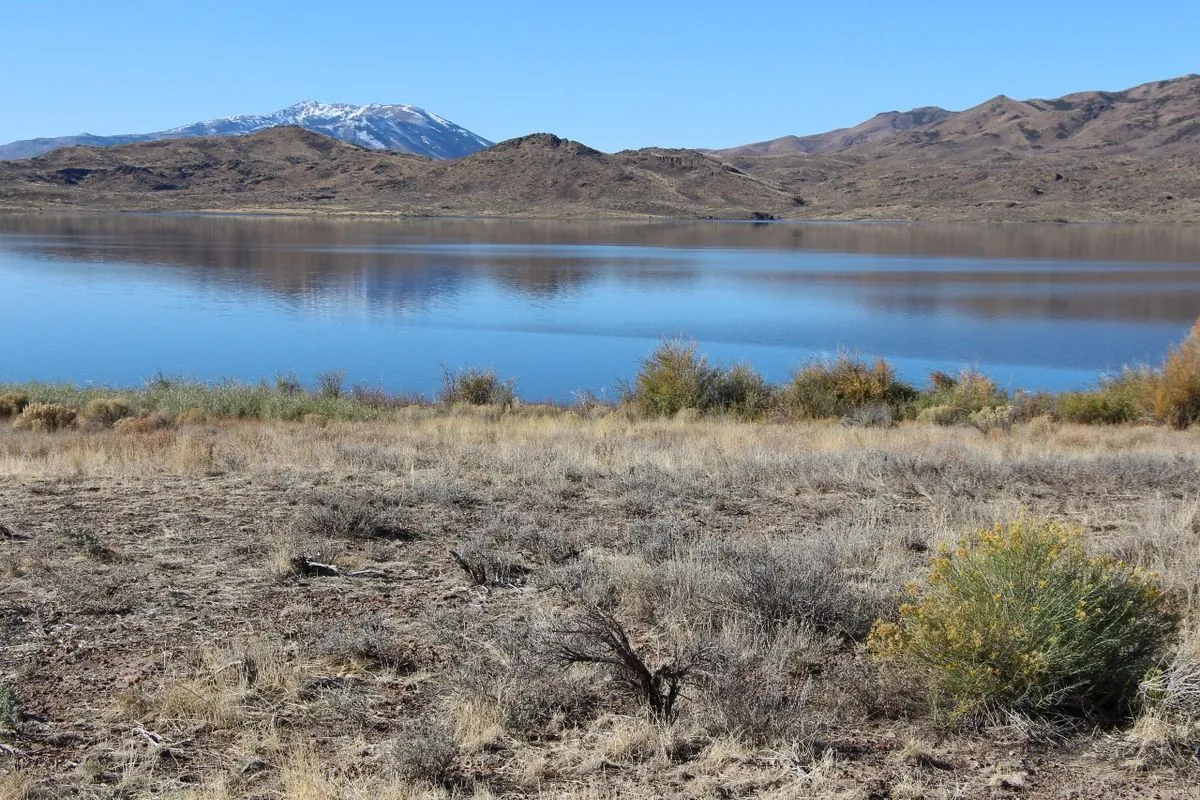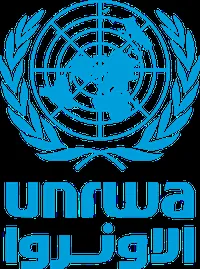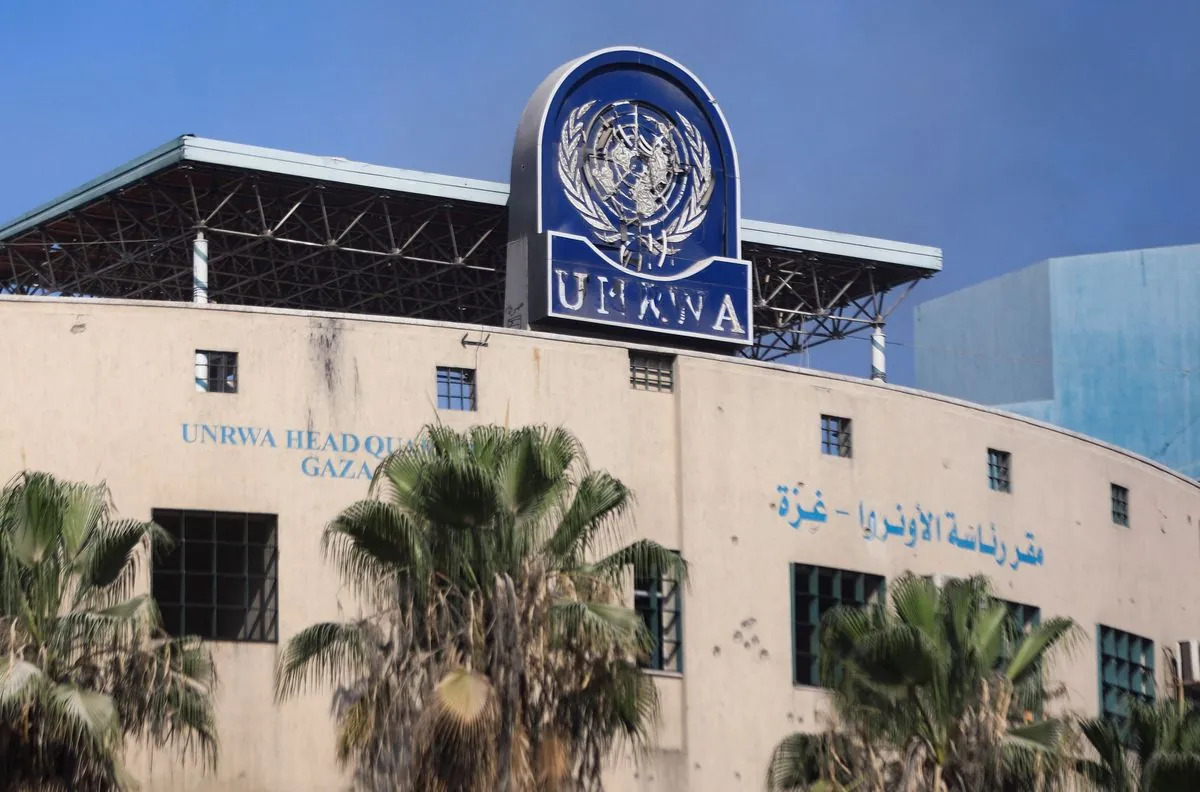Toxic Legacy: Duck Valley Reservation Grapples with Contamination
The Duck Valley Indian Reservation faces a health crisis linked to environmental contamination. Tribal leaders demand action as the community confronts a legacy of pollution and potential Agent Orange exposure.

On the Duck Valley Indian Reservation, straddling the Nevada-Idaho border, the Shoshone-Paiute tribes are confronting a troubling environmental legacy. The community, home to approximately 1,800 tribal members, is grappling with widespread illness potentially linked to decades of contamination.
The reservation's sole town, Owyhee, recently held a memorial for Marvin Cota, a respected tribal chairman. His passing, like many others in the community, raised questions about the impact of environmental toxins on residents' health.
A recent revelation has intensified concerns. In February 2024, the U.S. Bureau of Indian Affairs (BIA) disclosed a 1997 document suggesting the use of Agent Orange components in irrigation canals decades ago. This discovery has sent shockwaves through the community, which has long suspected a connection between environmental contamination and high cancer rates.

The BIA and Environmental Protection Agency (EPA) have promised an investigation, but details remain scarce. Tribal Chairman Brian Mason has demanded urgent action, emphasizing the potential widespread impact of canal contamination.
"People are dying. And I don't know what they're waiting for."
The reservation's history of contamination extends beyond the recent Agent Orange revelation. In 1985, a significant fuel leak occurred near a BIA maintenance building, introducing various hazardous chemicals into the soil and groundwater. The EPA intervened in 1995, ordering the BIA to cease improper disposal practices that threatened the community's water supply.
These environmental challenges have profoundly affected the Shoshone-Paiute people. Tanya Smith Beaudoin recalled her father, a tribal leader who worked in the contaminated BIA building and later succumbed to cancer. Sherry Crutcher shared a similar story about her late husband, who died from brain cancer at 58 after years of working with chemicals without proper protection.
While tribal members strongly believe in the link between contamination and illness, health experts caution that proving causation is complex. Lauren Teras, senior scientific director at the American Cancer Society, explained that multiple factors contribute to cancer development, making it challenging to isolate environmental causes.
Despite these challenges, the Shoshone-Paiute tribes remain deeply connected to their land. Forced onto the reservation in the 19th century, they have cultivated a strong community centered around their shared heritage and connection to the environment. Lynn Manning-John, the local school principal, emphasized the importance of their homeland: "If the whole world shut down, we have everything we need to survive here."
As the community awaits further investigation and action, Chairman Mason faces the difficult task of balancing the tribes' deep roots with potential health risks. The situation underscores the complex relationship between Native American communities and environmental justice, highlighting the need for transparency, accountability, and swift action to address long-standing contamination issues.


































